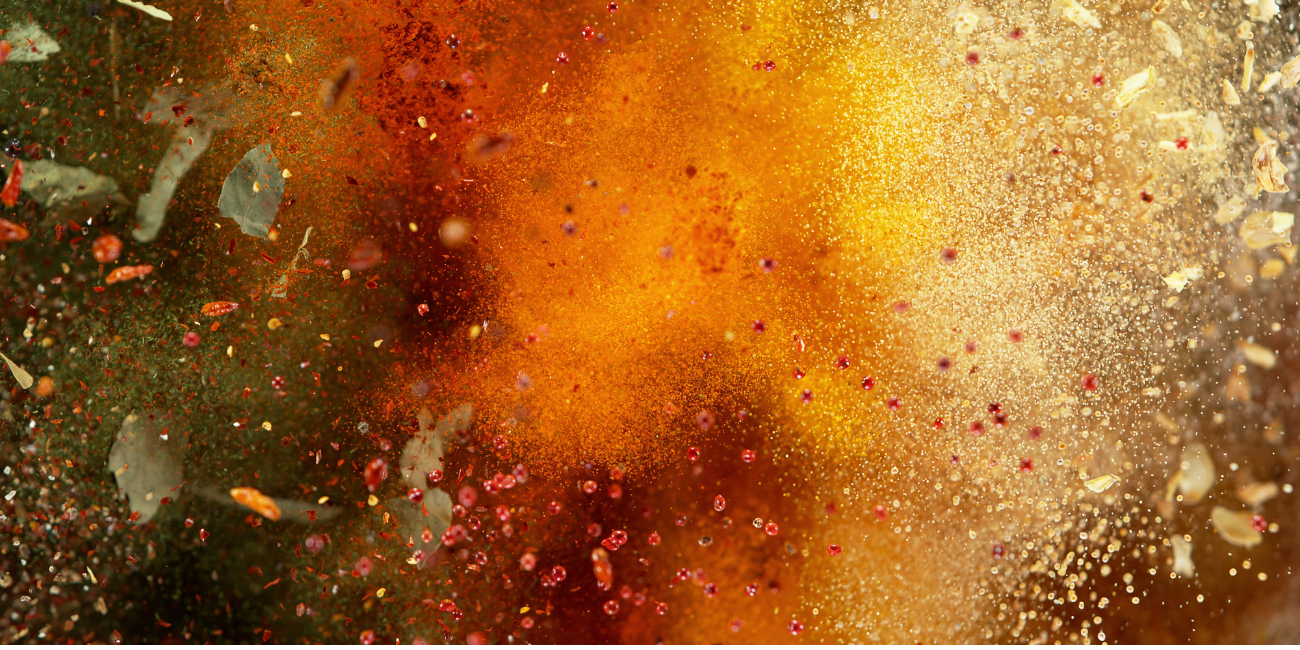
What is Gold?
Let’s see what the gold is, shall we?
Let’s start off with What gold is and its history?
Gold is a chemical element. Its name derived from the Latin word "Aaurum" which is 'gold' , thus forms the symbol Au and the atomic number is 79. Its Position is Group 11 and period 6.
Here's the Periodic table:

Formation of GOLD
Gold is thought to be formed through various geological processes over long periods of time. Here are some key ways in which gold is believed to be formed.
As per scientists, it is to be believed..., that before the formation of solar system, gold is thought to have originated during supernova explosions. In the intense heat and pressure of these stellar explosions, heavy elements, including gold, are formed through a process called nucleosynthesis.

During the early stages of Earth's formation, the planet experienced intense bombardment by asteroids and meteorites. Some of these celestial bodies carried precious metals, including gold, contributing to the accumulation of gold on Earth's surface.
Gold’s Hydrothermal Process
Gold is often associated with hydrothermal processes, where hot fluids rich in minerals move through the Earth's crust. These fluids can dissolve gold from surrounding rocks and deposit it in veins or cracks as the fluids cool and interact with different geological formations.

Early Stage of Gold Extraction
Over a period of time, a weathering and erosion break down rocks, a natural forces like water, wind, ice and gravity wearing away rocks and soil, these particles can be transported by rivers and streams, leading to the formation of alluvial deposits, such as placer deposits, where gold accumulates in riverbeds and sediment.

It's important to note that gold does not corrode (destroy/damage) or tarnish easily. The formation of gold is a complex a fascinating geological process that spans billions of years. So later the gold is extracted in the form of sand, dust, nuggets and rocks.

"After raw material, it has to go through the refining process and then forms into the highest purity. In pure form, it is a bright, slightly orange-yellow, dense, soft, malleable, and ductile metal. It is one of the least reactive chemical elements and is solid under standard conditions."

"Gold has become the most vital investment pattern as it has liquidity and is instantly convertible into cash."



